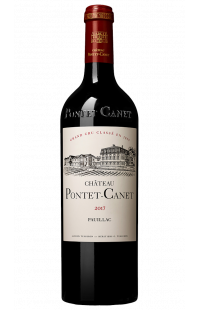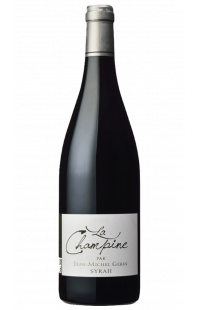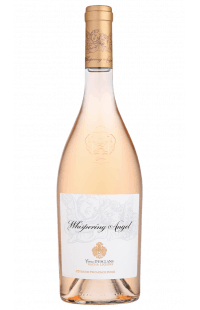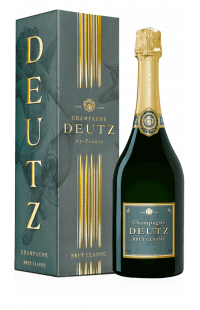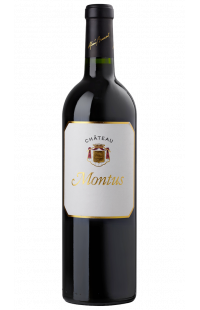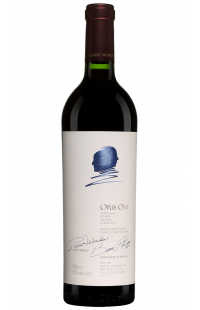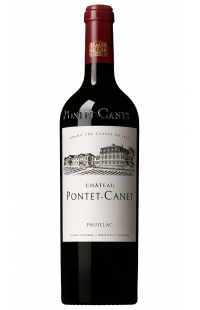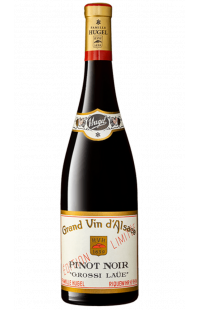- Menu
- All our wines
- Bordeaux
-
Rhône
-
Burgundy
-
Rosés Wines
-
Champagne
- France
-
World
- PRIMEURS
- ORGANIC WINES
Alsace wines
There are 3 products.
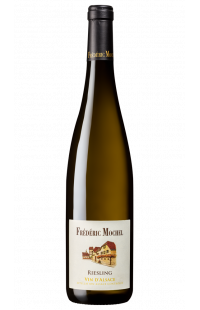
Available in
- Bottle (75cl)
- 15.00€ / bottleTASTING NOTES
Specifications
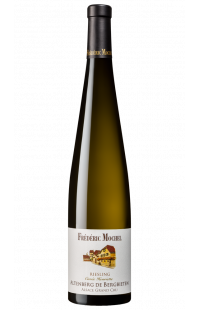
Domaine Frédéric Mochel : Riesling Alsace Grand Cru Altenberg De Bergbiten Cuvée Henriette 2019
Alsace - Alsace - Grand Cru - White Wine -Available in
- Bottle (75cl)
- 24.50€ / bottleTASTING NOTES
J. Suckling
Specifications
All About Alsace Wines
Origins and Influence of Geography
Viticulture in Alsace dates back to Roman times, with vineyard traces from the 1st century AD. The region, located between the Vosges and the Rhine, offers a unique climate and geography favorable for vine cultivation. The varied soils (granite, schist, limestone) contribute to the diversity of the wines produced.
Key Historical Events
Over the centuries, Alsace wines have undergone various influences, notably the German and French occupations, each bringing specific winemaking techniques and practices. The 18th century marked a turning point with the international recognition of Alsace wines. After the world wars, the region managed to recover and enhance the quality of its wines, obtaining the AOC (Appellation d'Origine Contrôlée) for Vin d'Alsace in 1962.
Geography and Climate of Alsace
Terroir
The Alsace terroir is exceptional in its diversity. The slopes of the Vosges, with their various soil compositions (granite, limestone, schist, etc.), allow for the production of wines with varied aromatic profiles. The vineyards are often situated on well-exposed slopes, benefiting from optimal sunlight.
Influence of Climate on Wine
The semi-continental climate of Alsace, with hot summers and cold winters, is ideal for viticulture. The protection offered by the Vosges reduces rainfall, creating dry conditions favorable for grape ripening. This climate contributes to the acidity and freshness of Alsace wines.
The Main Grape Varieties of Alsace
White Grape Varieties
White wines dominate in Alsace, with a predominance of noble grape varieties. The most well-known are:
- Riesling: Appreciated for its acidity, minerality, and citrus and floral aromas.
- Gewurztraminer: Recognizable for its powerful aromas of exotic fruits, lychee, and flowers.
- Pinot Gris: A rich and complex wine with notes of ripe fruits and honey.
- Muscat: An aromatic wine with fresh grape and floral aromas.
Red Grape Varieties
Though less common, red wines from Alsace, mainly made from Pinot Noir, are gaining in popularity. Pinot Noir produces light and fruity wines, but also more complex crus when aged in oak barrels.
Winemaking Process in Alsace
Traditional Methods
Winemaking in Alsace respects traditions while integrating innovations. Fermentation in oak barrels is a common practice, allowing for the development of complex aromas without excessive woodiness.
Modern Techniques and Organic Practices
Many Alsatian winemakers adopt organic and biodynamic practices, respecting the environment and the terroir. The use of indigenous yeasts, reduction of chemical inputs, and sustainable vineyard management are growing trends.
The Great Wines of Alsace
Grands Crus
Alsace has 51 Grands Crus, each offering unique characteristics related to their terroir. Among the most famous are:
- Rangen: Located on steep slopes, it produces powerful and mineral wines.
- Schlossberg: Known for its elegant and floral Rieslings.
- Kaefferkopf: A multiple grape variety, offering rich and complex wines.
Late Harvest and Selection of Noble Grains
Late Harvest wines are made from grapes harvested late, offering a concentration of sugar and candied fruit aromas. Selection of Noble Grains wines are even rarer and more prestigious, made from grapes affected by noble rot (Botrytis cinerea), giving wines of great complexity and longevity.
Specificities of the Alsace Wine Appellation
AOC Regulations
The AOC Vin d'Alsace imposes strict production criteria, guaranteeing the quality and authenticity of the wines. Yields are limited, and only certain viticultural practices are permitted.
Labeling and Presentation
Alsace wines are often distinguished by their slender bottle, called the "Alsace flute." The labeling is precise, indicating the grape variety, vintage, and sometimes the lieu-dit or Grand Cru.
Questions about Alsace Wines?
How does the climate of Alsace influence the wines?
The semi-continental climate of Alsace, with hot summers and cold winters, promotes the slow maturation of grapes, thus preserving a lively acidity and fresh aromas.
What are the main white grape varieties of Alsace?
The main white grape varieties of Alsace are Riesling, Gewurztraminer, Pinot Gris, and Muscat.
What is a Grand Cru in Alsace?
A Grand Cru in Alsace refers to a wine from a specific terroir recognized for its exceptional quality. There are 51 of them, each with unique characteristics.
What is a Late Harvest?
Late Harvest wines are made from grapes harvested late, offering a concentration of sugar and candied fruit aromas, often sweet and opulent.
Why are Alsace wine bottles slender?
The slender bottles, called "Alsace flutes," are a regional tradition and help distinguish Alsace wines on the market.
What are the benefits of organic viticultural practices in Alsace?
Organic practices in Alsace promote soil health, biodiversity, and grape quality while respecting the environment and reducing the use of chemicals.
